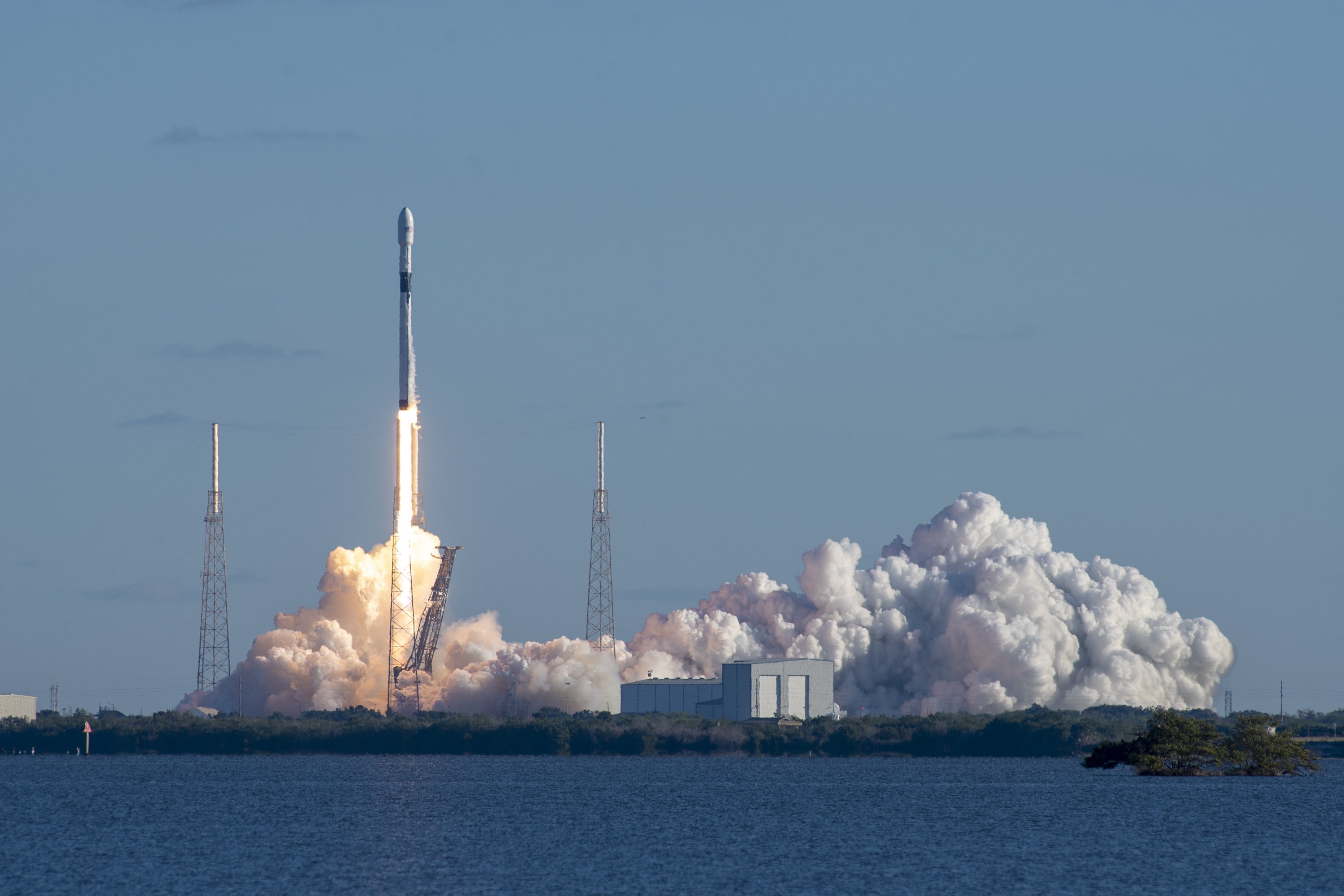The White House wants to maintain the pattern of steady investment in the GPS program though it appears the administration has decided to go more slowly on deployment of the new GPS III Follow-on (GPS IIIF) satellites.
The fiscal year 2021 budget request for procuring new GPS spacecraft seeks $627.8 million to buy two more GPS IIIF satellites at a cost of $313.9 million each. The GPS IIIF satellites will provide military users with a “higher-power, jam-resistant military signal called Regional Military Protection,” said an Air Force spokesperson in written response to a question.
The money for those two spacecraft, which are the third and fourth in the series (SV03 and SV04 respectively), will come via the budget of the new Space Force and not the Air Force as it has in the past. Also being requested for the Space Force is $263.5 million for research, development, test and evaluation (RDT&E) activities supporting the first two GPS IIIF satellites.
“GPS remains the gold standard for precise positioning, navigation, and timing for the U.S. and the world,” said an Air Force spokesperson in written response to a question. The president has requested funding for modernization efforts across the GPS enterprise, the spokesperson said, noting that the $264 million will go to continuing development and production activities for the first two GPS IIIF satellites “with the first GPS IIIF satellite’s availability for launch projected for FY26.”
This is dramatically less than the $447.9 million allocated for this activity last year — but that was expected. The White House’s FY20 request anticipated a drop of about $130 million as the program matured. Even so, the request for the coming year is about a 5 percent less than what was forecast earlier.
The White House now projects buying two GPS IIIF satellites each year from fiscal year 2022 through FY25 inclusive with an extra one in 2024 for a total of three that year. All together the administration is now planning to buy nine satellites in FY21 through FY24 inclusive.
The FY20 budget however, projected the Air Force buying two satellites in FY21 then three each year from FY22 through FY24 inclusive for a total of 11. It’s not yet clear why there’s been pullback from 11 to 9 satellites. One thing that is clear is that the government saves money when it buys more satellites at a time. A glance at the numbers suggests a cost savings of $10 million or more per spacecraft.
Interestingly the budget documents indicate a sudden jump in per-unit cost for the satellites to $375.4 million in FY25 from a previous range of $314.2 to $320.4 million projected in budget documents for fiscal year 2020 and 2021. This is comparing buys of two satellites a year. The Air Force has yet to respond to questions about the apparent slowdown in satellite purchases and the jump in cost.
The Space Force plans to spend an additional $20.1 million on GPS III procurement and $10.8 million on GPS III RTD&E.






